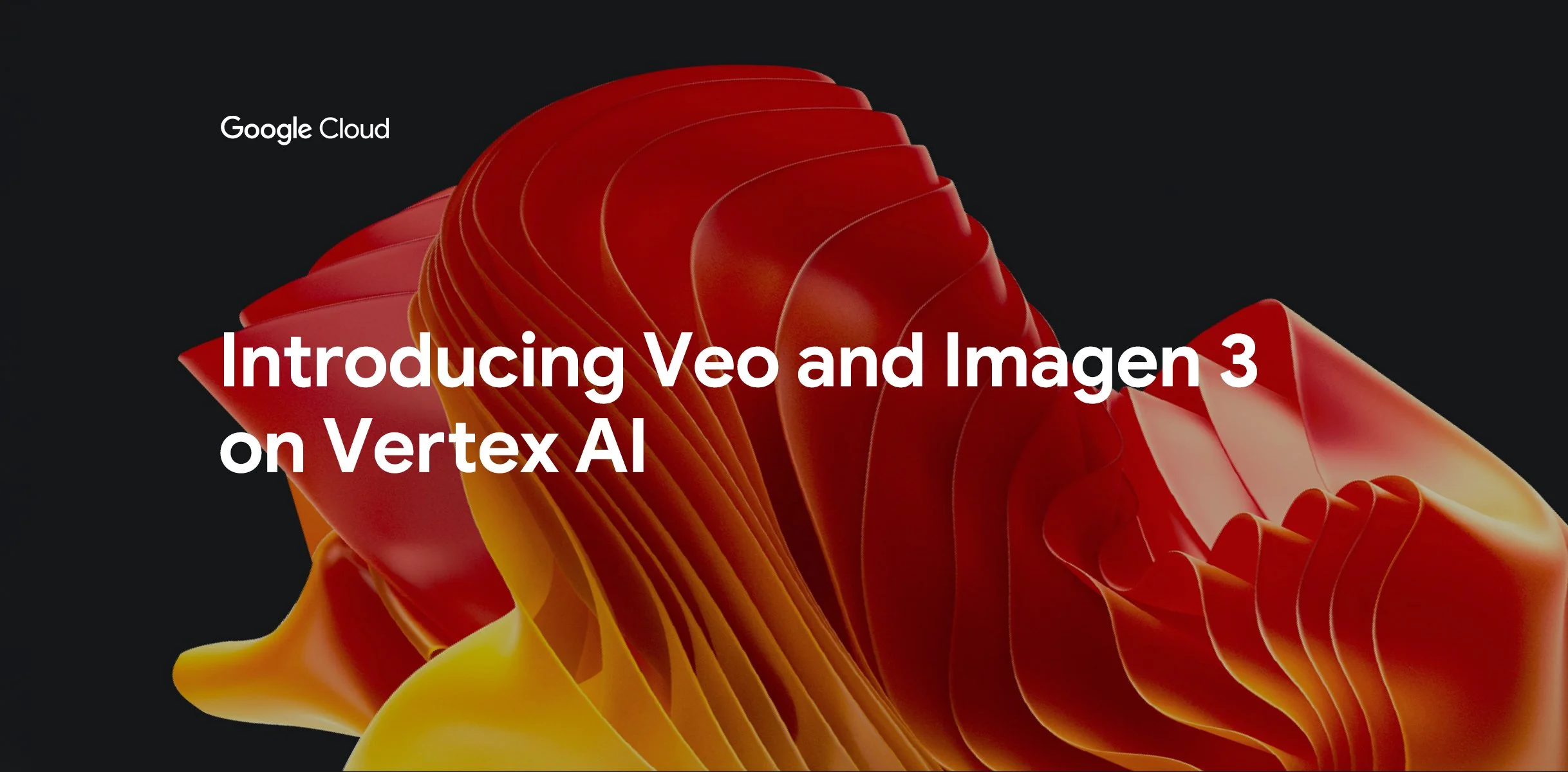The Article Tells The Story of:
- Google’s Veo AI Launch: Veo, Google’s generative AI video model, is now in private preview, offering 1080p videos in various cinematic styles from text or image prompts.
- Advanced Features: Veo includes safeguards like SynthID watermarks to prevent misuse, alongside Imagen 3’s new text-to-image editing and branding capabilities.
- OpenAI’s Delay: OpenAI’s Sora, unveiled before Veo, remains unreleased, putting it behind Google as businesses increasingly adopt generative AI tools.
- Business Adoption: Generative AI tools like Veo are already driving revenue growth, with 86% of early adopters reporting increased earnings.
Veo AI Model: A New Era of Video Content Creation
Google has introduced its latest innovation, Veo AI, a generative AI video model, now available for private preview on the Vertex AI platform. Designed for businesses, Veo simplifies video content creation with its ability to generate 1080p resolution videos in diverse cinematic styles. Unveiled in May, Veo has outpaced OpenAI’s competing model, Sora, which remains unreleased.
Veo AI’s capabilities allow users to create videos from text or image-based prompts. While the exact length limits of these videos are unspecified, early examples suggest the model can generate clips exceeding one minute. The generated videos are so realistic that distinguishing them from traditional production often requires close inspection.

Advanced Features and Safety Measures
Google Expands AI Offerings with Veo and Imagen 3
Alongside Veo, Google is rolling out the latest version of Imagen 3, a text-to-image generator. Imagen 3, initially released in the U.S. via Google’s AI Test Kitchen, will soon be available to all Google Cloud customers. Users can enjoy features like prompt-based photo editing and integrating brand-specific elements into images.
Check Out similar Article of Best Free AI Image Generators of 2024– SquaredTech
Both Veo and Imagen 3 are equipped with safeguards to prevent harmful content or copyright violations. They embed DeepMind’s SynthID technology into all generated content. This invisible watermark ensures authenticity and helps combat misinformation, similar to Adobe’s Content Credentials system.
OpenAI’s Sora Falls Behind
While Google’s Veo gains traction, OpenAI’s Sora faces delays. Initially showcased three months before Veo’s announcement, Sora has yet to reach the market. With its promised release by the end of 2024, OpenAI risks losing momentum as businesses adopt available generative AI tools like Veo.
Generative AI is already reshaping industries, as seen in Coca-Cola’s holiday ad campaign. According to Google, 86% of businesses using generative AI report increased revenue, highlighting the urgency for competitors like OpenAI to deliver their solutions promptly.
Conclusion
Google’s Veo is setting a new standard in AI-driven video creation. With its advanced features and immediate availability, it has placed itself ahead of the competition, emphasizing the importance of speed and innovation in the AI landscape.
Stay Updated: Artificial Intelligence – Editors Pick – Tech News


